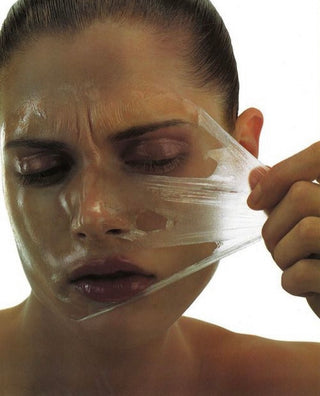
By Ashleigh Parsons
As a certified yoga instructor, it’s always been my main source of exercise until recently. I shied away from more intensive workouts, especially running. Just over a year ago, I started boxing at City of Angels Boxing gym in Downtown LA. The intense workouts and incredible community there sparked something in me and I felt inspired to begin more rigorous workouts such as circuit training, running and strength training.
In January, a few of my girlfriends signed up for the 13.1 Nike LA half marathon, a run that would take place in April 2020. I joined them, signed up for the run and began training pretty intensively. With all of this training came pain, of course. And I would be lying if I said I knew how to properly recover. I was taking epsom salt baths and stretching but it didn’t feel like enough. A month into the half marathon training, I strained my quad muscle and made an appointment with my chiropractor to make sure everything was okay with my body. He adjusted me, gave me a few exercises to practice regularly at home, looked at me and said, “You know you’re here so I can remind you to foam roll.” I laughed but realized he was serious. I had paid $60 for an appointment where I was simply reminded to do something that costs nothing. I had a foam roller at home but hadn’t used it since beginning my training. I got it out that evening and have been foam rolling before and after workouts since.
Foam Rolling is a self-myofascial release (SMR) technique. It was originally used by practitioners of the Feldenkrais method in the 1980s. Practitioners soon realized the benefits of the foam rolling and studies began to investigate the efficacy of rolling and what exactly it was doing to help our bodies feel so good.
The muscles in our bodies are connected by fascia, which is a band or sheet of connective tissue, primarily collagen, beneath the skin that attaches, stabilizes and separates muscles from other internal organs. The fascia affects our muscles and overall mobility and a systematic review from 2015 in the International Journal of Sports Physical Therapy showed that foam rolling can be effective in improving joint range of motion pre and post workout. Some of the other anecdotal benefits to foam rolling include increased flexibility, improved recovery time, enhanced endurance, decreased risk of injury and increased blood flow. Countless articles have been written about the importance of foam rolling for almost everyone.
According to Harvard Medical School, foam rolling helps release tension in the muscles, relieve muscle soreness and improve flexibility and range of motion. The theory suggests that sustained pressure on the muscles signals the central nervous system to reduce tension, similar to the experience of a deep tissue massage.
Different from a massage, however, the foam roller is portable, allowing you to bring it with you to the gym or on your next run and roll immediately before and immediately after your workout. Outside of your workout, foam rolling can be an excellent break from sitting at your desk, especially if you’re working from home at this time.
How do I roll?
Choose a foam roller (I personally like the trigger-point grid foam roller that you can purchase on Amazon). There are various sizes and textures available, the more textured being for the more advanced roller.
To use the foam roller, sit or lie on a mat on the floor. Slowly roll an area of your body (back, glutes, hamstrings, etc) back and forth for 30-90 seconds, depending on the area. It’s important to breathe deeply while doing this and it can be helpful to turn on music, as if you’re doing a workout. You can repeat this as often as you like, paying attention to reduction in tenderness. It’s important to roll before and after your workouts, too. Foam rolling can easily be forgotten because we tend to focus on the workout itself but try to incorporate this practice into the workouts so that you can reap the benefits and experience reduced pain and improved workouts altogether. I find it’s helpful to pack the foam roller in my gym bag so I don’t forget to roll. You can set an alarm for yourself, too. Anything that effectively reminds us to roll is key.
While the nike LA half marathon didn’t happen due to COVID-19, it certainly taught me how to properly recover my body in the midst of intensive training. It also showed me quite literally the importance and value of foam rolling and the need to incorporate recovery into my daily training so that I can allow my body to recover and ultimately get stronger and faster.
Sources
https://www.ncbi.nlm.nih.gov/pmc/articles/PMC4637917/
https://www.health.harvard.edu/staying-healthy/should-you-add-foam-rolling-to-your-workout-routine















